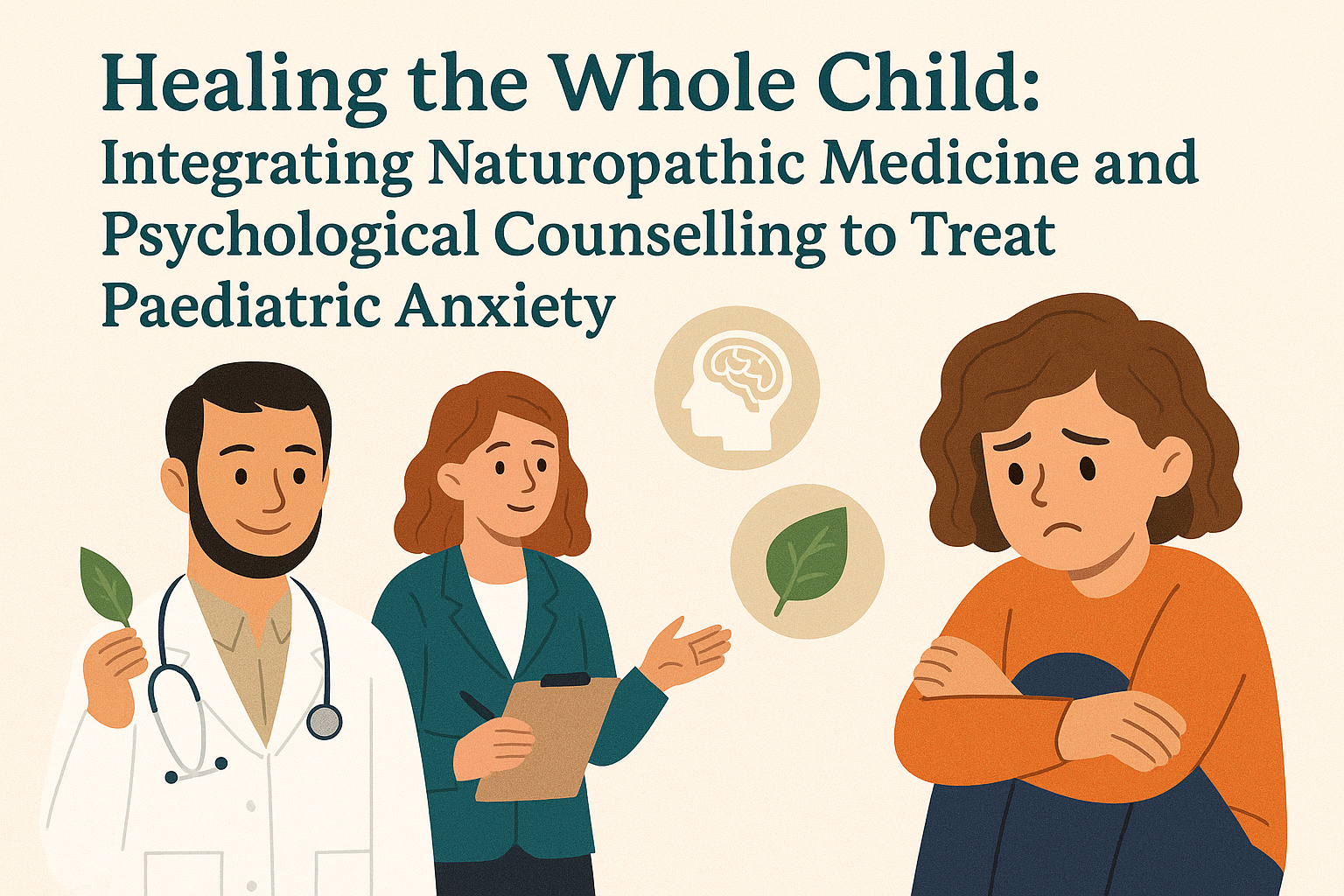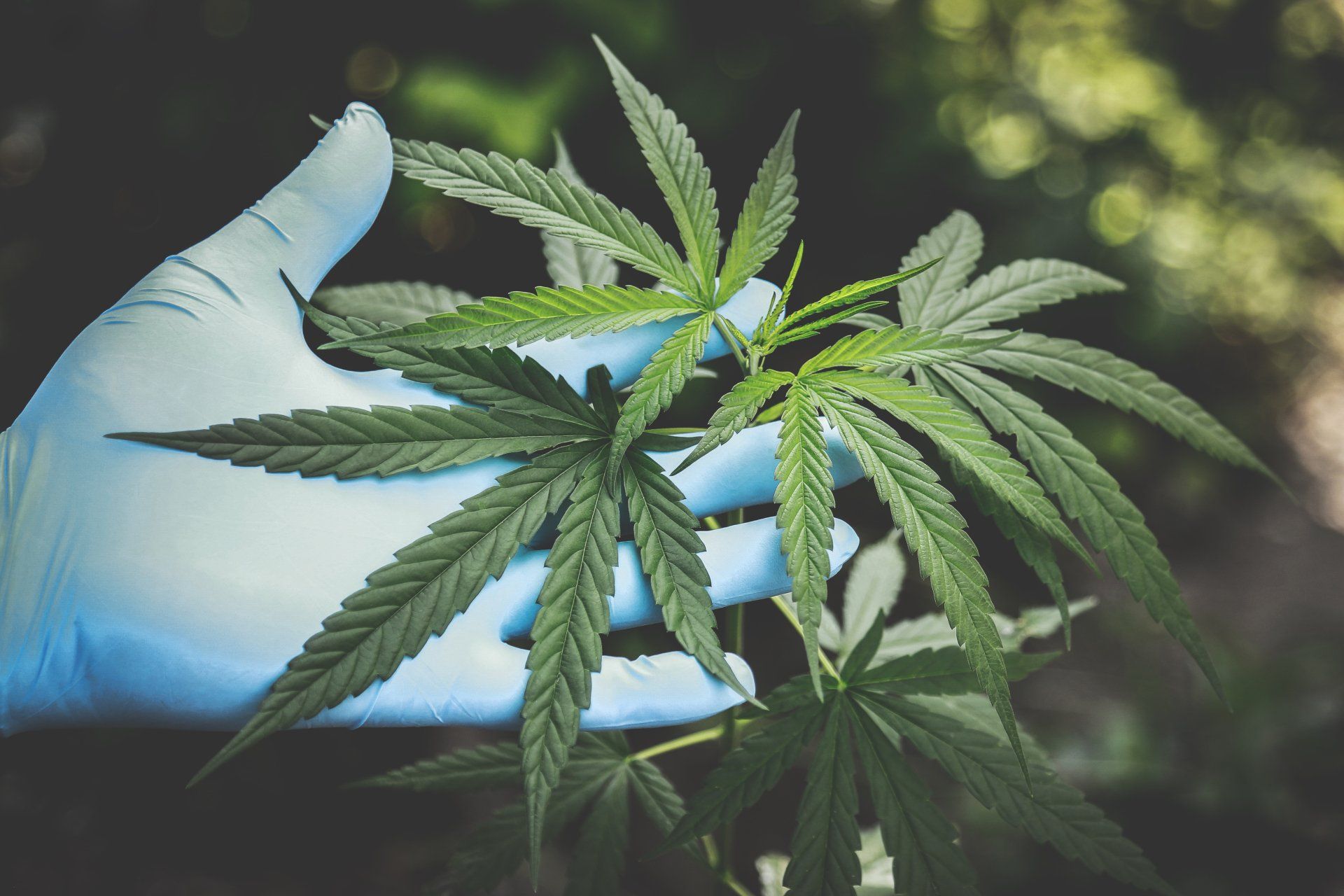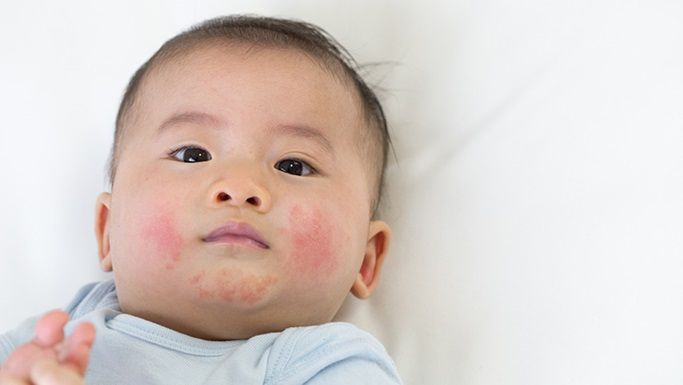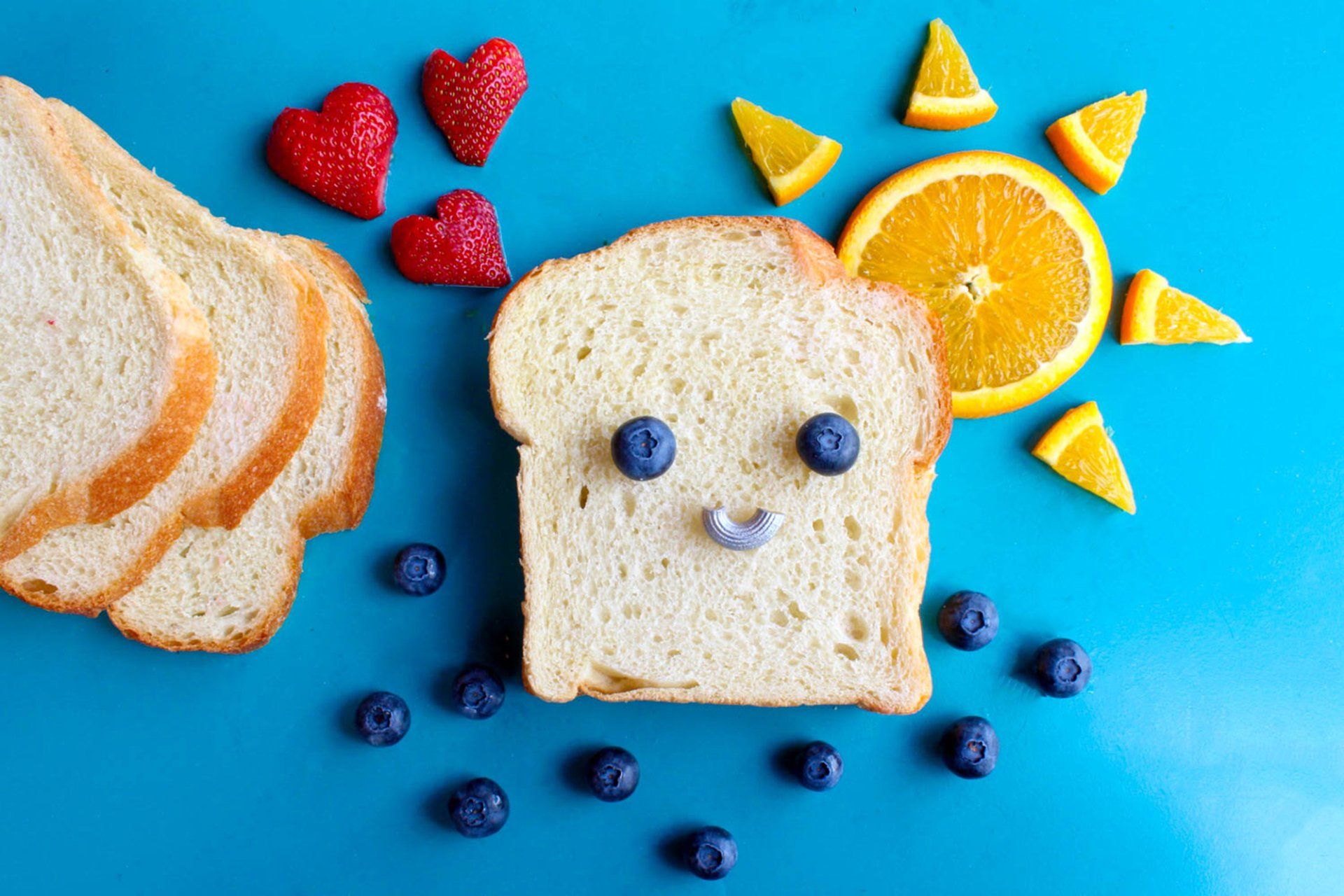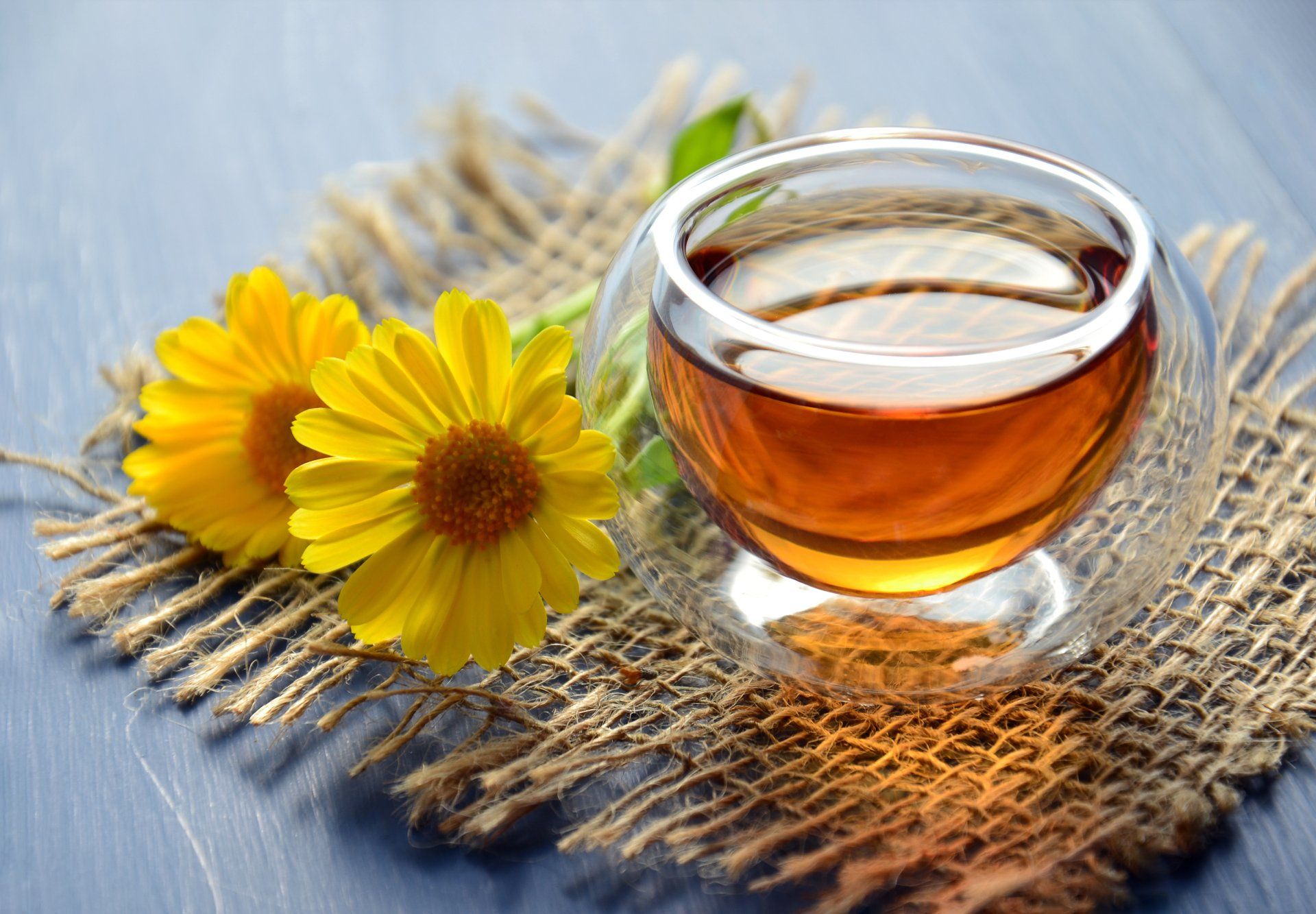Exploring the Benefits of a Low Histamine Diet for Children
Exploring the Benefits of a Low Histamine Diet for Children
A child's diet plays a pivotal role in their overall health and well-being. One dietary approach that has gained attention, particularly for children with certain health challenges, is the low histamine diet. The impact of histamine on health is multifaceted, with its implications reaching into the lives of those who might have unexplained health challenges, including children.
In understanding this complex topic, we'll explore the role of histamine in health, decipher how it may affect children, and provide a road map for parents considering this dietary intervention for their little ones.
Understanding Histamine Intolerance in Children
Histamine is a vital part of the immune and neurological response in the human body. However, some children can have an increased sensitivity or a reduced ability to break down histamine, leading to a condition known as histamine intolerance. These children often experience symptoms such as:
- Digestive problems including diarrhea, cramps, and constipation
- Skin issues like hives, eczema, and redness
- Respiratory difficulties including a runny nose, wheezing, and asthma
- Circulatory issues like low blood pressure, dizziness, and fainting
Adopting a low histamine diet can be particularly helpful for children who are more susceptible to these types of reactions. The triggers for histamine intolerance can vary from individual to individual but commonly include:
- Foods high in histamine
- Foods that encourage the release of histamine
- Foods that prevent the breakdown of histamine
- Medications that interfere with the body's natural breakdown of histamine
For parents, identifying these triggers and mitigating their effects through diet can be a game-changer, potentially alleviating uncomfortable symptoms for their children.
Benefits of a Low Histamine Diet for Children
Improved Digestion
Many children with histamine intolerance experience gastrointestinal problems that can significantly affect their day-to-day life. By removing high histamine foods from their diet, parents may observe improved digestion, less discomfort, and increased nutrient absorption.
Reduced Allergy Symptoms
Children who struggle with allergies often have a higher histamine response, which can worsen symptoms. A low histamine diet can work in conjunction with allergy management strategies to reduce the overall histamine load on the body, potentially diminishing the severity of allergic reactions.
Enhanced Overall Well-being
Adopting a low histamine diet isn't just about managing symptoms; it's about promoting better health. A child with histamine intolerance might experience a broader sense of well-being, with more energy and fewer health concerns after making this dietary shift.
How to Implement a Low Histamine Diet for Children
Foods to Include
Foods that are typically low in histamine are fresh and unprocessed. This includes:
- Fresh, pasteurized dairy
- Fresh meat
- Poultry and fish
- Eggs
- Gluten-free grains (rice, quinoa, corn)
- Most fresh fruits and vegetables (excluding avocados, spinach, and tomatoes)
- Cooking oils such as olive oil and coconut oil
- Herbal teas
- Homemade broths from low-histamine meat sources
Foods to Avoid
High histamine foods and those that promote histamine release are the main culprits that need to be sidelined for children following this dietary regimen. They include:
- Fermented foods
- Aged cheeses
- Alcohol and vinegar
- Processed, smoked, and cured meats
- Canned or processed vegetables
- Shelf-stable dairy products
- Most citrus fruits
- Nuts and seeds
- Tomatoes and tomato-based products
- Chocolate and cacao
- Artificial food colours and preservatives
Meal Planning Tips
Successful implementation of a low histamine diet for children revolves around thoughtful meal planning. This can include:
- Batch cooking and freezing portions of low histamine meals for convenience
- Planning meals around fresh or flash-frozen ingredients
- Seeking out low histamine recipes that are appealing to children and the rest of the family
- Ensuring a balance of nutrients through a variety of low histamine foods
Considerations for Parents and Caregivers
Working with Healthcare Professionals
It's important for parents to consult with Naturopaths, Paediatricians or Nutritionists before transitioning their child to a low histamine diet. These professionals can provide guidance, assess the child's dietary needs, and ensure that no vital nutrients are being overlooked.
Monitoring Effects on Children
Observation is crucial when making changes to a child's diet. Parents should carefully monitor their child's health, noting any improvements or side effects. This can provide valuable feedback for adjusting the diet to suit the child's individual needs.
Conclusion
For children with histamine intolerance, a low histamine diet can offer a pathway to a healthier, more comfortable life. By understanding the role of histamine in health, recognizing the signs of histamine intolerance in children, and knowing how to implement a low histamine diet through careful meal planning and collaboration with healthcare professionals, parents can take proactive steps that may lead to significant positive changes in their child's well-being.
A low histamine diet is not a one-size-fits-all solution, and it might not be necessary or beneficial for every child. However, for those it does help, the impact can be profound. As a parent, the decision to explore this dietary approach for your child is a testament to your dedication to their health and the lengths you're willing to go to ensure they thrive.
The more we learn about individual needs and personalized approaches to health, the better equipped we become to provide effective care for the unique members of our families. If you suspect that histamine could be a factor in your child's health concerns, consider the low histamine diet as one tool in your arsenal to help them live their best, healthiest life.
For more articles on kids nutrition Click Here
